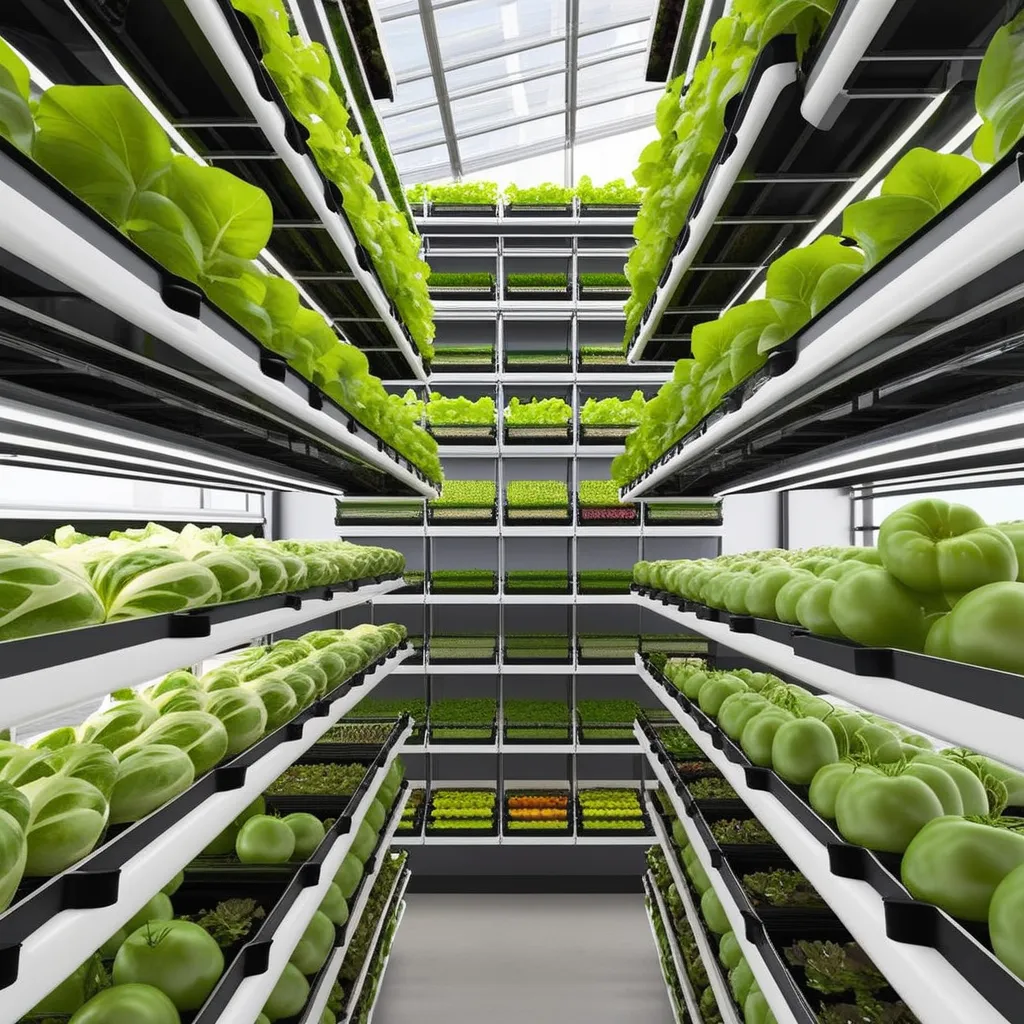Innovative Vertical Farms Solve Urban Food Crisis
Growing up in a bustling city, I've always been accustomed to the convenience of having supermarkets just around the corner. But as the population continues to soar and urbanization expands, so does the challenge of providing fresh, sustainable food to city dwellers. Thankfully, innovative vertical farms are stepping up to tackle the urban food crisis head-on.

The Urban Food Challenge
For many urbanites, a trip to the grocery store means navigating crowded aisles, braving traffic, and sometimes settling for produce that has traveled thousands of miles. As cities swell, these challenges have become increasingly pronounced.
1. Limited Space
Cities often have limited available land for traditional farming. This scarcity of space means that the majority of our food must be transported from rural areas, adding to the carbon footprint.
2. Environmental Impact
Traditional agriculture consumes vast amounts of water and contributes to deforestation. Moreover, the pesticides and fertilizers used can contaminate soil and waterways. This led me to question the sustainability of our food systems.
The Rise of Vertical Farming
In recent years, I've noticed a growing trend in vertical farming. These innovative systems are changing the way we think about urban agriculture.
1. Vertical Farming Explained
Vertical farms are essentially multi-story gardens, where crops are grown in stacked layers. Each level is equipped with the necessary lighting, temperature, and humidity controls to optimize plant growth. It's like a mini ecosystem right in the heart of the city.
2. Advantages of Vertical Farming
a. Space Efficiency
Vertical farms maximize space by growing crops upwards, not outwards. It's impressive how many vegetables can be produced in a relatively small area.
b. Reduced environmental Impact
These farms often use hydroponic or aeroponic systems that require less water than traditional agriculture. Plus, they can be located in the city, reducing the need for long transportation routes.
c. Fresher, Healthier Produce
With crops grown locally, city dwellers can enjoy fresher produce that hasn't spent days in transit. I've personally noticed the difference in taste and quality.
3. Urban Farming Innovators
Several companies are leading the charge in vertical farming. One such example is AeroFarms, based in New Jersey. They've transformed an old steel mill into a thriving vertical farm, producing leafy greens and herbs year-round. It's incredible to see how technology can breathe new life into abandoned industrial spaces.
Challenges and the Path Forward
While vertical farming holds great promise, it's not without its hurdles.
1. High Initial Costs
Setting up a vertical farm can be expensive due to the need for specialized equipment and technology. However, as the industry grows, these costs are expected to decrease.
2. Energy Consumption
Vertical farms require electricity to maintain the optimal conditions for plant growth. Finding sustainable energy sources is essential to mitigate their environmental impact.
3. Crop Diversity
Currently, vertical farms primarily focus on leafy greens and herbs. Expanding into other crops like grains and fruits will be necessary to provide a wider range of food.

A Greener, Fresher Future
As I look back on my city upbringing, I can't help but feel excited about the transformation happening in urban agriculture. Innovative vertical farms are not just solving the urban food crisis; they're also revolutionizing the way we think about food production.
It's no longer a distant dream to imagine neighborhoods dotted with vertical farms, producing fresh, sustainable food right where it's needed most. With continued innovation and investment, we can build a greener, fresher, and more sustainable future for urban communities.
In the end, the urban food crisis may well become a relic of the past, replaced by a future where cities grow not only taller but greener too.

No comments:
Post a Comment